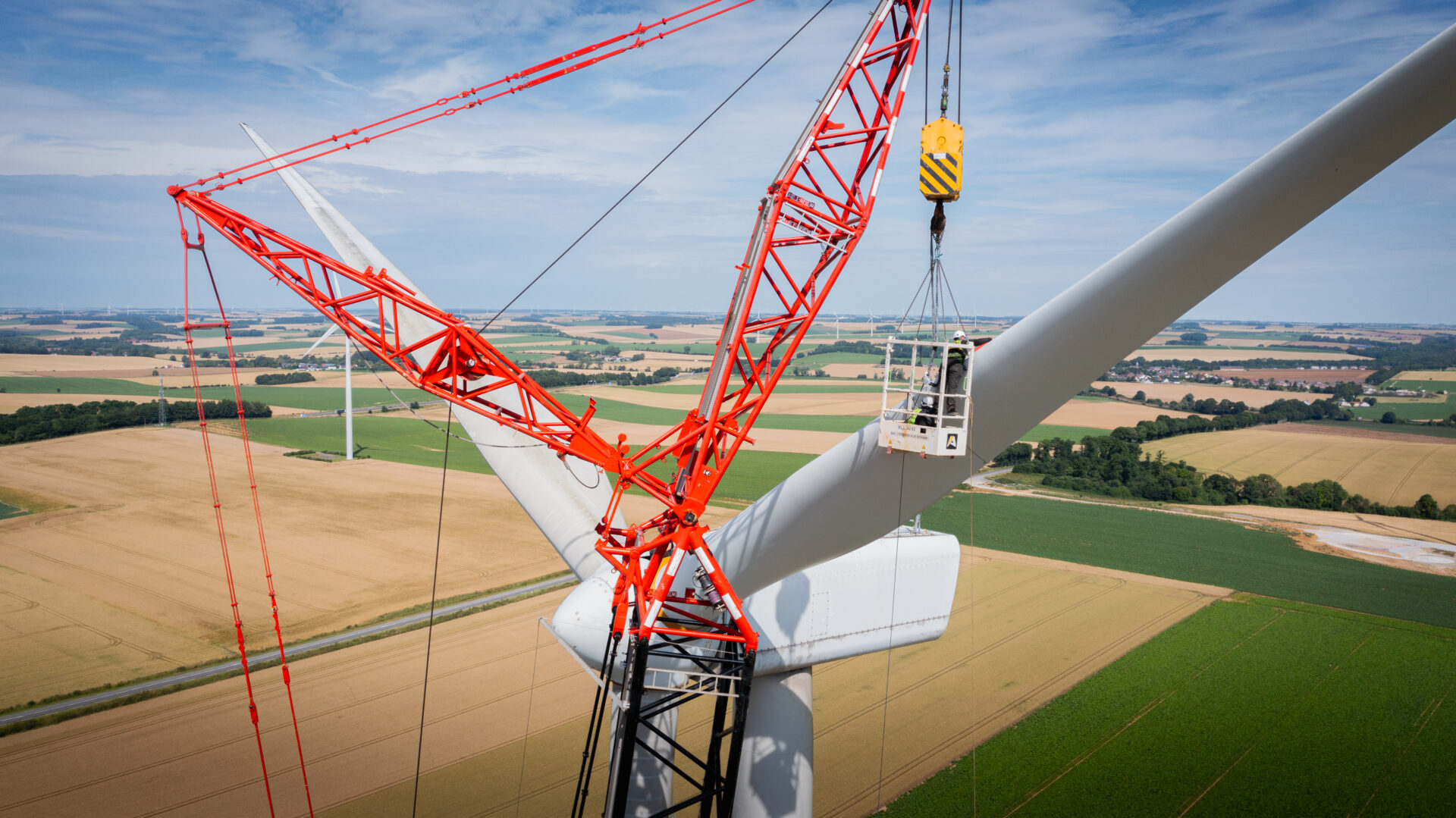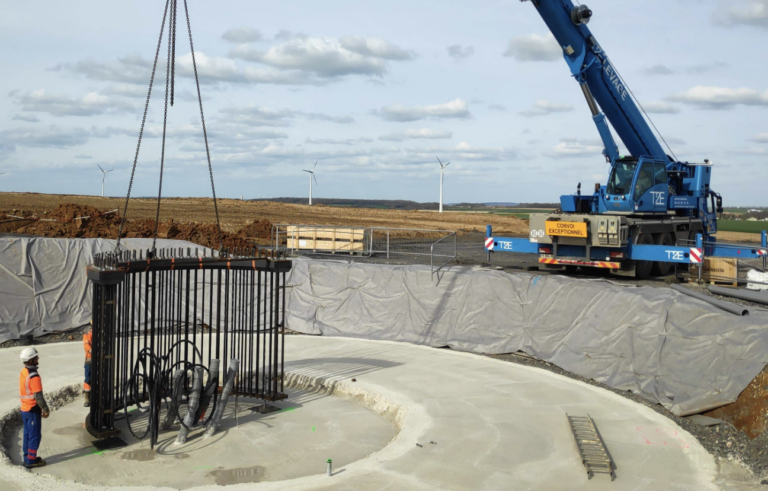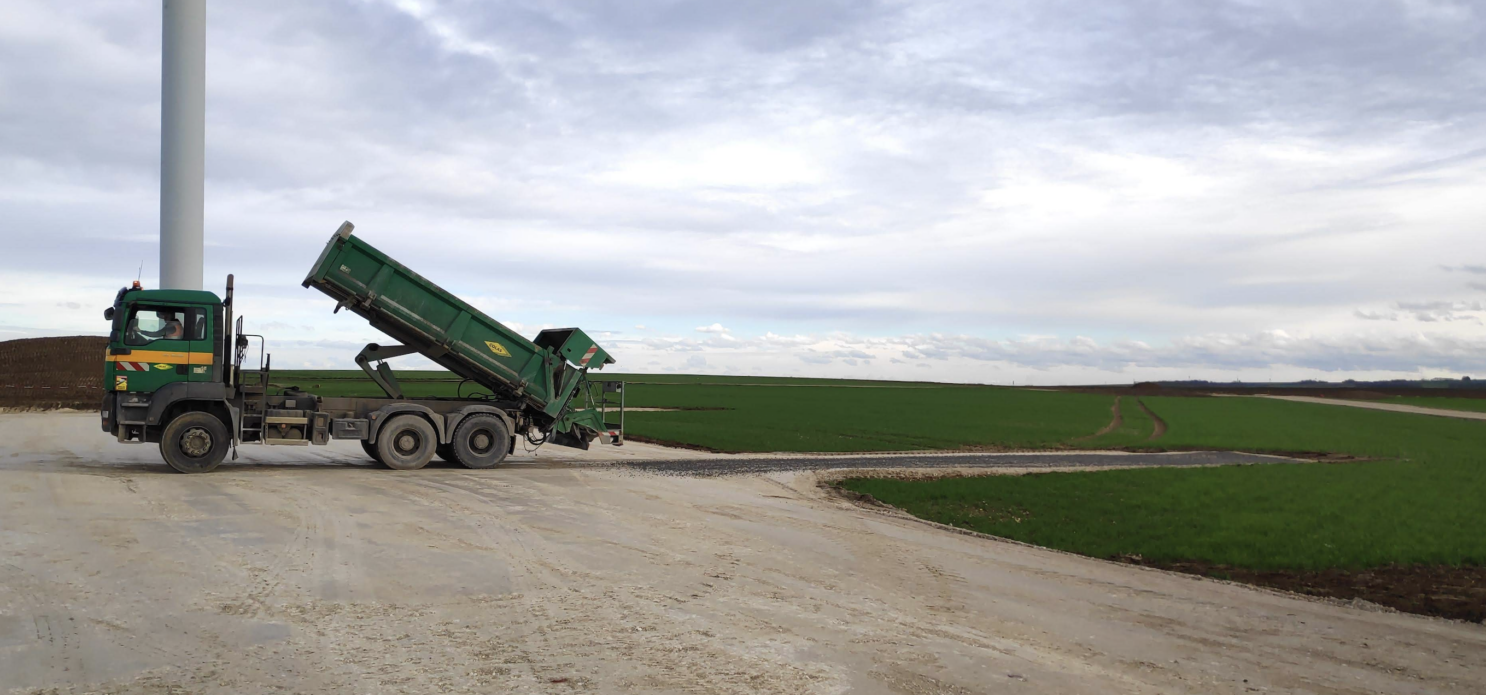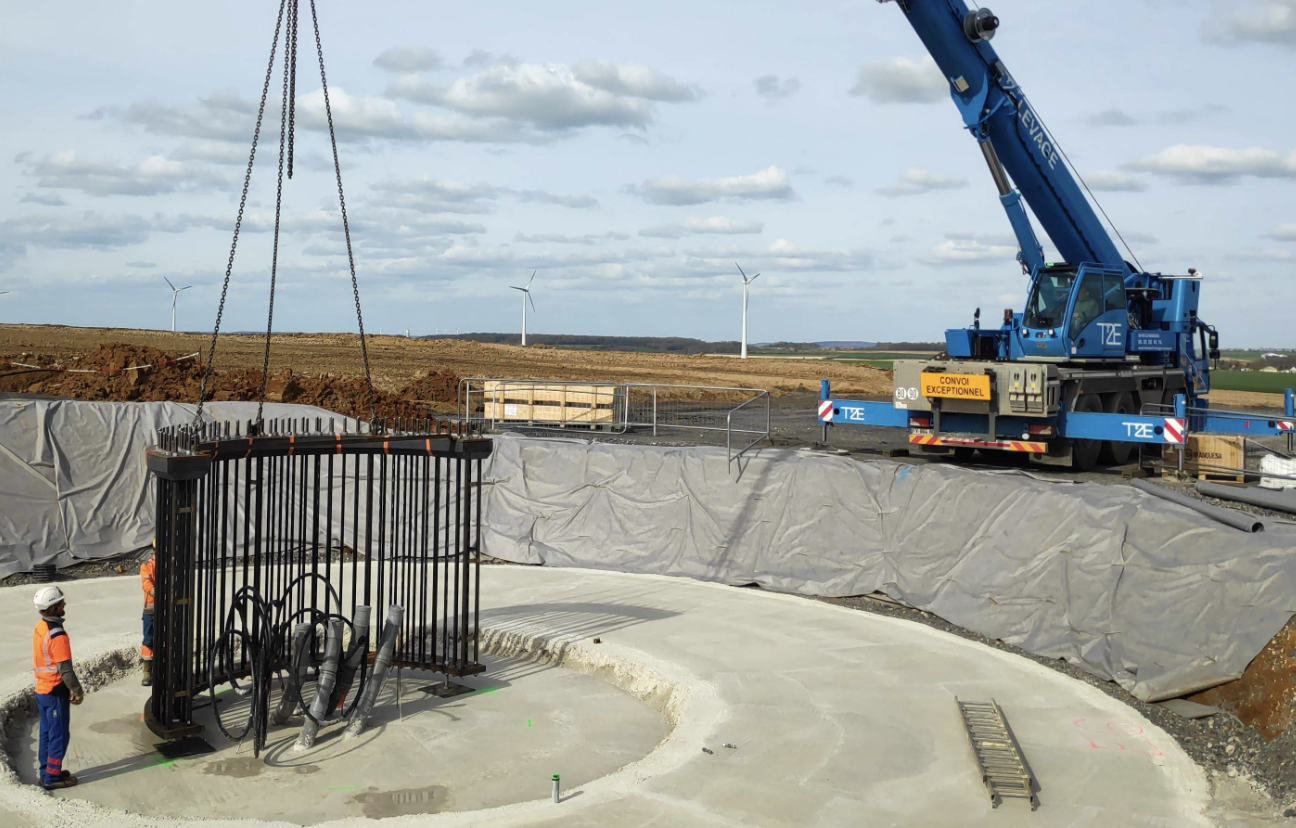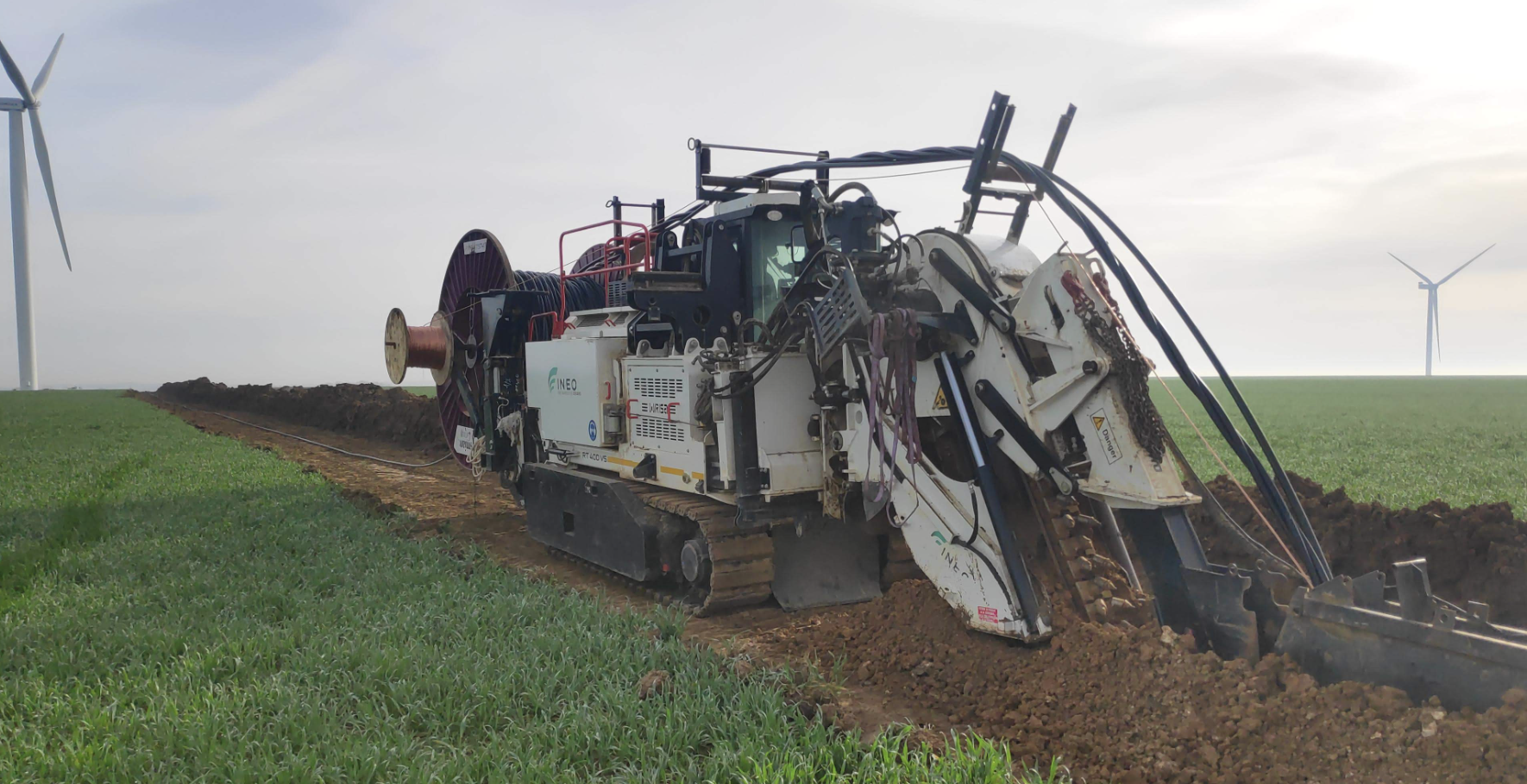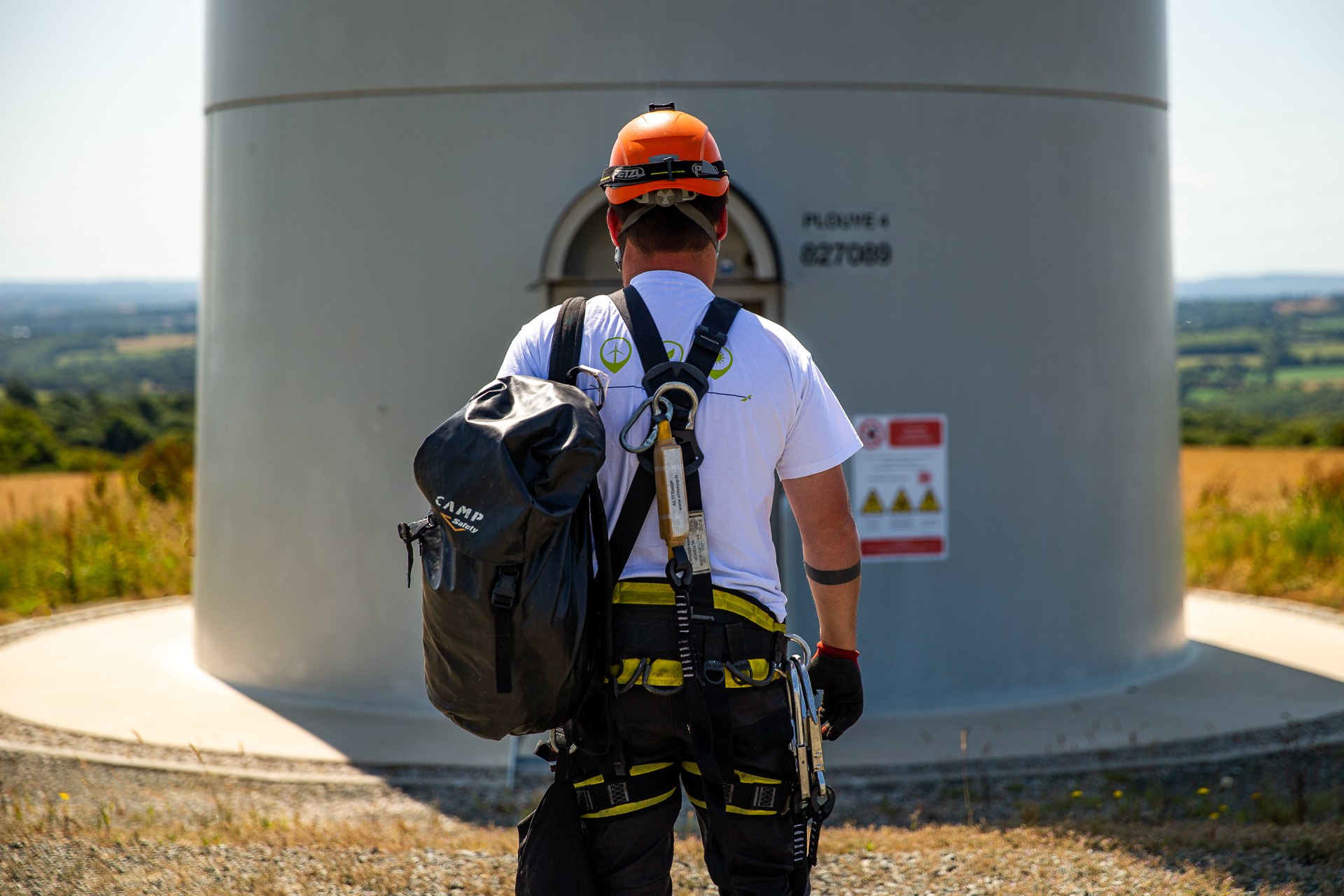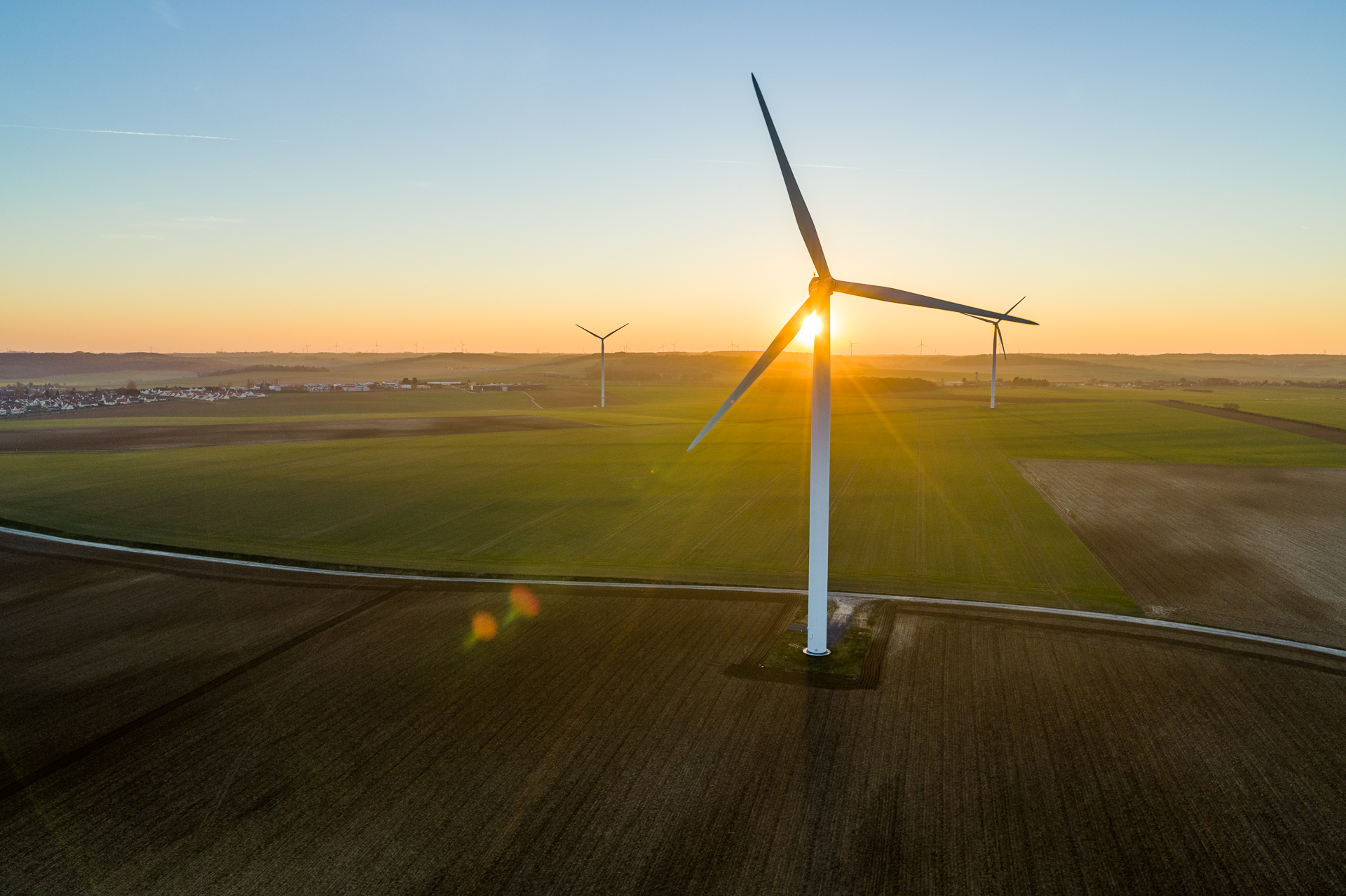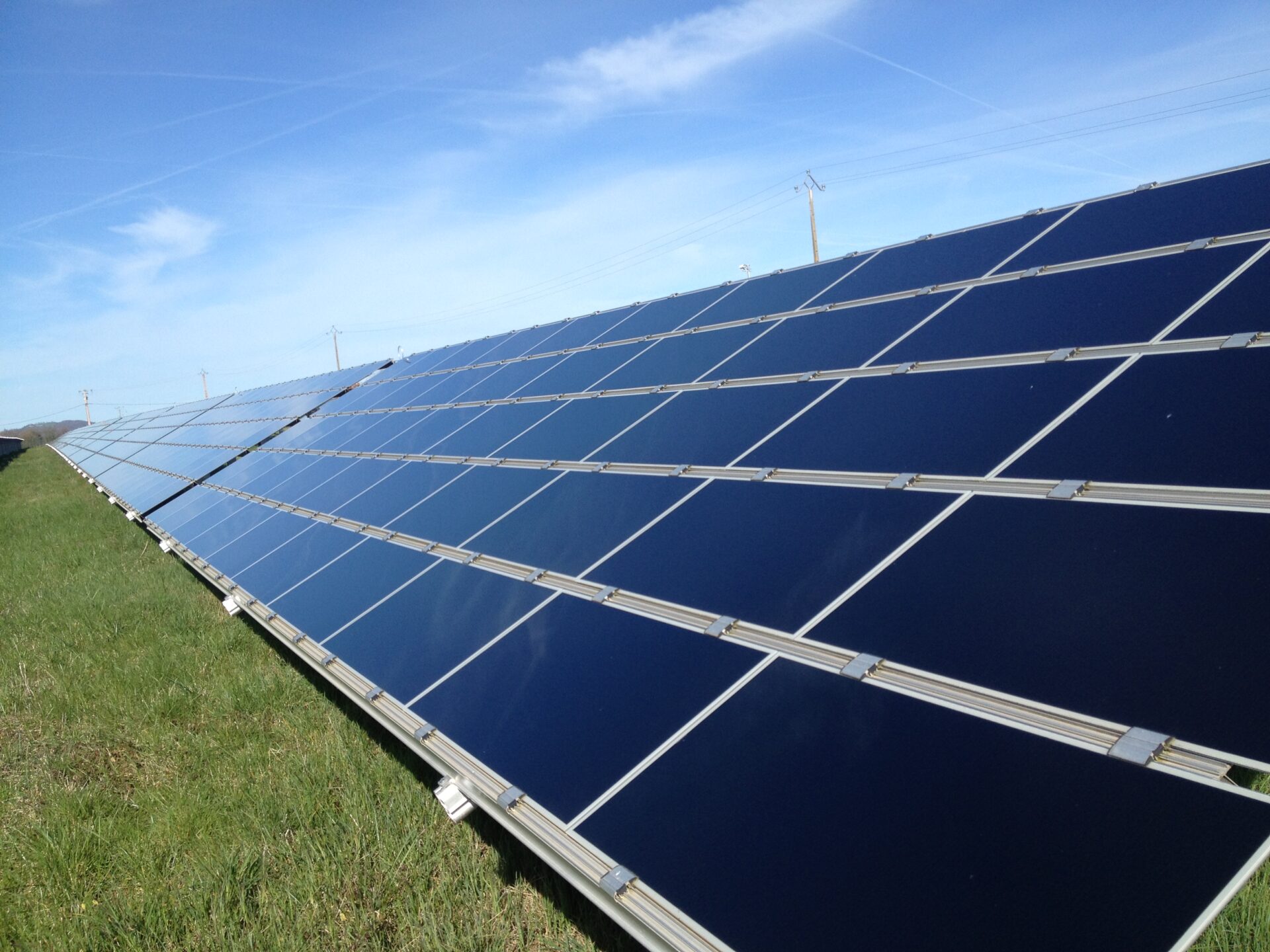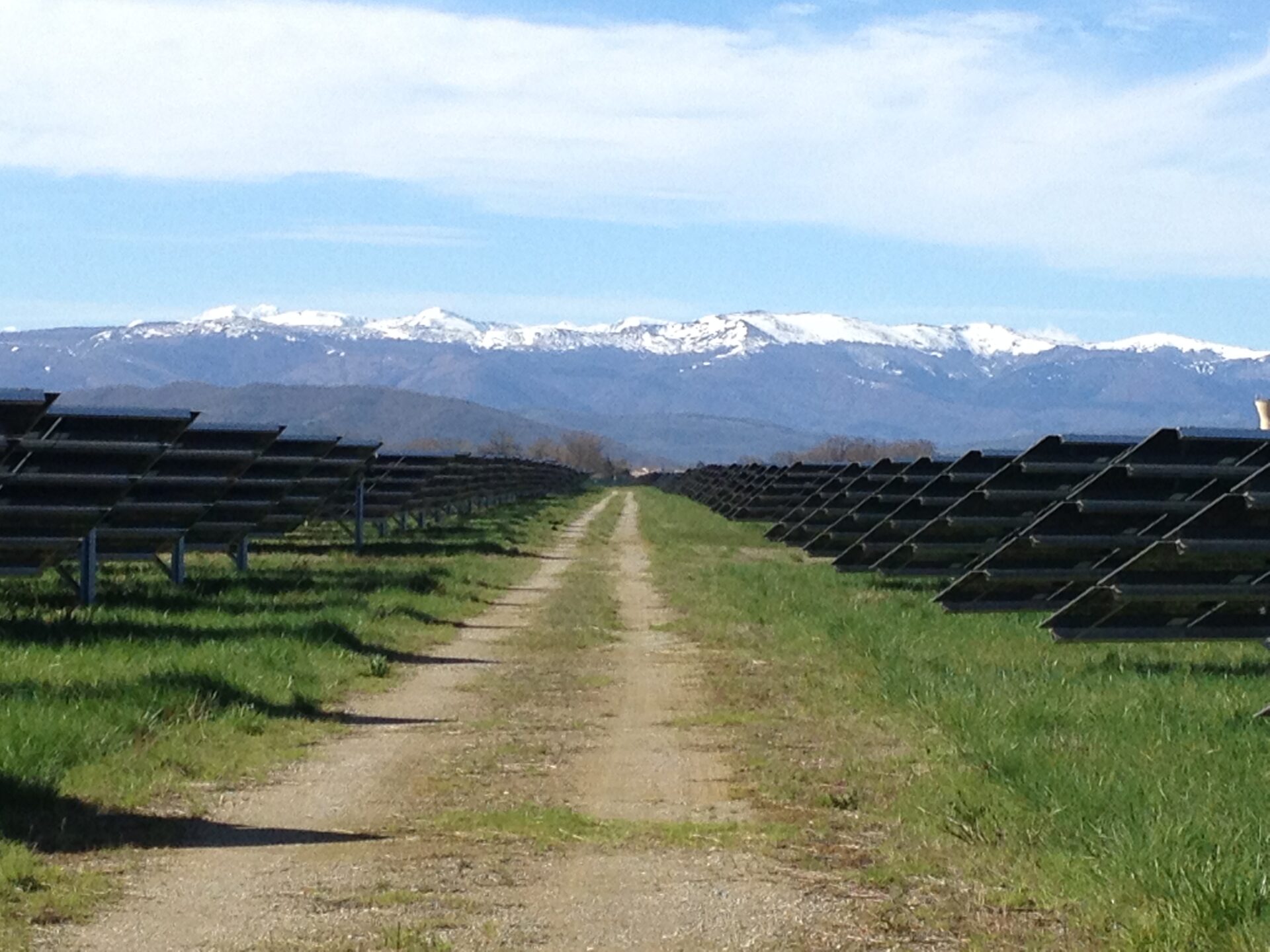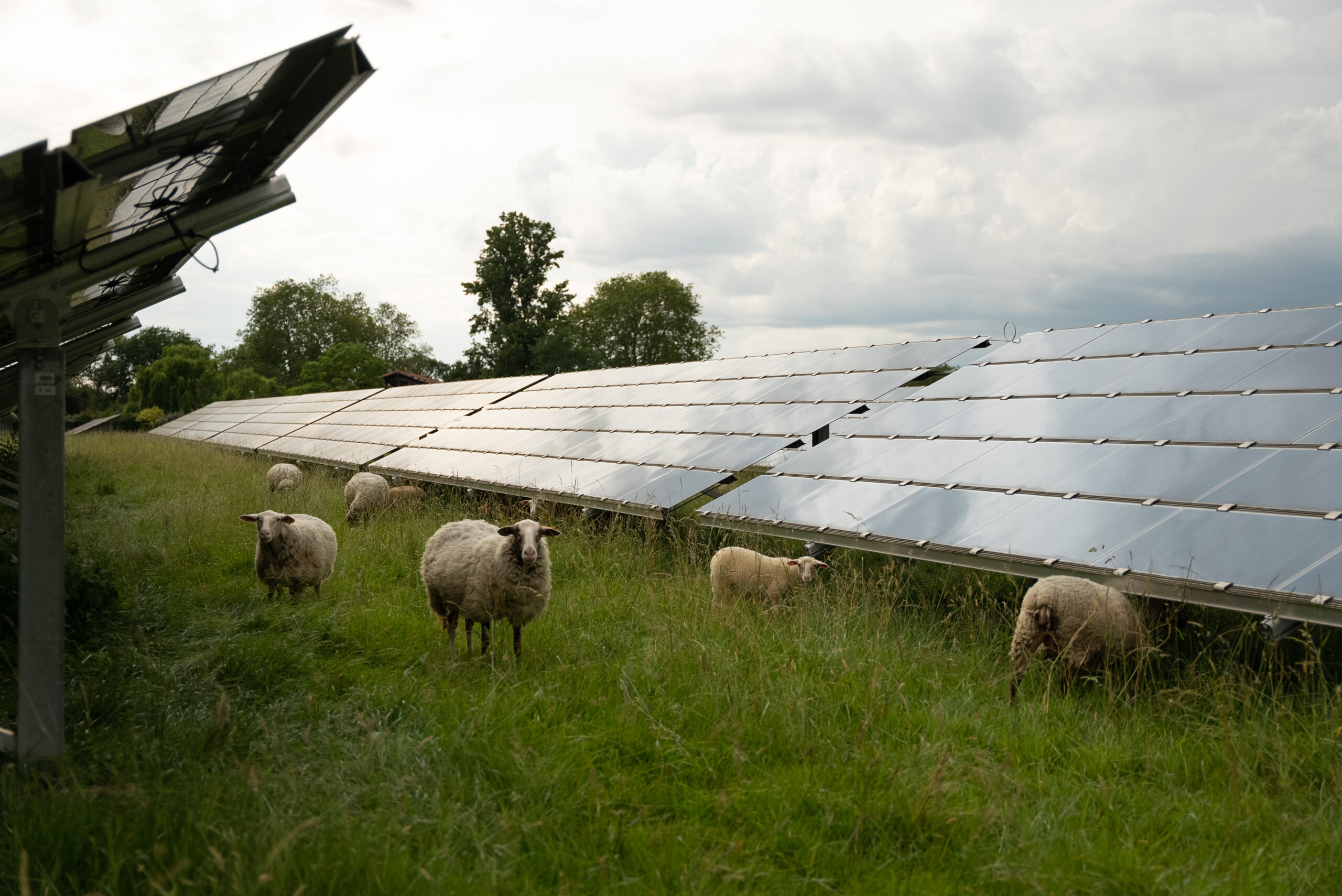A wind farm construction site is strictly regulated by the recommendations of the environmental impact assessment. We ensure that we comply with regulations governing, for example, nesting seasons for birds found near the site.
We pay particular attention to the organisation of work on the site and coordination between the different project activities, in order to comply with deadlines at the same time as ensuring the safety of all those involved.
